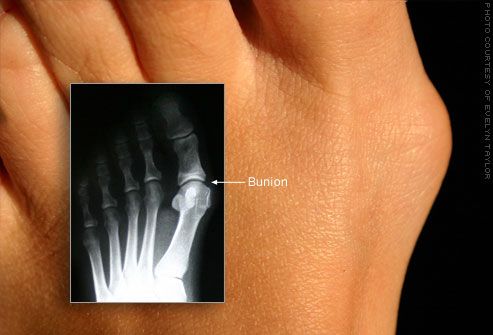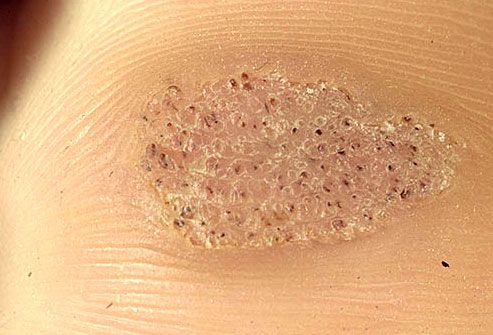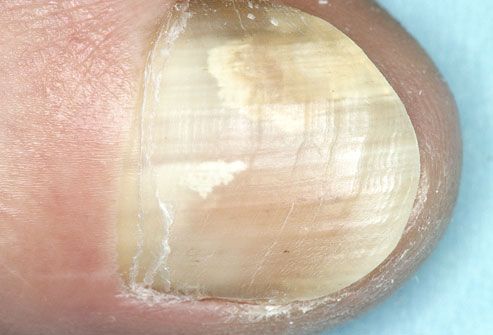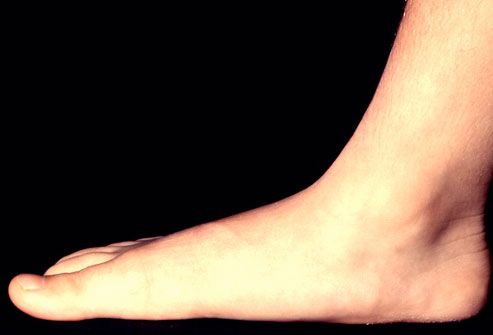Named the most common foot diseases
Last reviewed: 23.04.2024

All iLive content is medically reviewed or fact checked to ensure as much factual accuracy as possible.
We have strict sourcing guidelines and only link to reputable media sites, academic research institutions and, whenever possible, medically peer reviewed studies. Note that the numbers in parentheses ([1], [2], etc.) are clickable links to these studies.
If you feel that any of our content is inaccurate, out-of-date, or otherwise questionable, please select it and press Ctrl + Enter.
Sometimes the "bones" on the legs, protruding bones and an ingrown nail do not seem to be such a global problem, but in fact, these troubles can cause pain and become a serious problem if you let the disease run wild. If you are worried about walking, then offer to arm yourself with knowledge and learn all such troubles in person so that your legs are healthy.

In the people this long title was simply cut down to the "bone". With this disease is not recommended, and it is very difficult to wear tight shoes and heels. Because of the deviation of the big toe, the metatarsophalangeal joint is bent inside the foot and a so-called lump or bone is formed. If the bone is affected by factors such as wearing tight shoes or arthritis, then bone callus may develop.
Hemorrhages and calluses

These are coarse, hard areas of the skin, protecting the skin from damage and thus performing a protective function. Corns are formed in places of point friction, and corns - more extensive burrowing, covering a vast area. The reason for their formation is tight shoes.
Gout

This is one of the forms of arthritis, which torments the host in combination with acute pain, swelling, redness and hardening. The reason is an increase in the level of uric acid and its salt in the joints. To facilitate the flow of pain symptoms can be with drugs that reduce the amount of uric acid in the blood, as well as anti-inflammatory drugs.
Plantar Warts

A solid outgrowth on the sole, which provokes a virus that penetrates the body through the cracked skin. Often you can get infected in public showers and in swimming pools. Solve the problem with salicylic acid, which lubricates the damaged surface.
Epidermophytia of foot

Or what else is called this fungal disease "stop athlete". This disease is characterized by burning, itching and redness of the skin. It is transmitted by direct contact with the carrier of the infection. Often, infection occurs in the locker rooms, swimming pools and gyms. To treat this disease apply antifungal ointment, and in severe cases - oral antifungal medications.
Nail fungus

This unpleasant disease is transmitted by contact. Fungus penetrates into the microcracks on the nails and multiplies perfectly in a warm, moist environment. The nail becomes brittle, thickens and discolored. As in the case of foot epidermophyte, antifungal ointments are used to treat nail fungi, and in severe cases, oral antifungal agents.
Hammer-shaped deformation of the finger
The cause of this disease can be the "unbalance" of the muscles responsible for controlling the movement of the fingers, as a result of which the finger flexes in the interphalangeal joint. Affect the development of the disease can both hereditary factor, and wearing tight shoes. If you pick up comfortable shoes, then the problem should go away by itself, except for severe cases when surgical intervention is required.
Ingrown nail
This seemingly insignificant problem can lead to serious consequences, up to infection of the affected area. The reason is an improperly worked nail or tight shoes. Sometimes the ingrown nail has to be removed completely.
Flat-footedness

A flat foot is the deformation of the foot, in which the sole almost completely touches the ground. It can be due to heredity, can develop as a result of injuries or diseases, for example, rheumatoid arthritis. This disease can be treated by wearing orthopedic shoes and exercises that strengthen the muscles of the foot.

 [
[